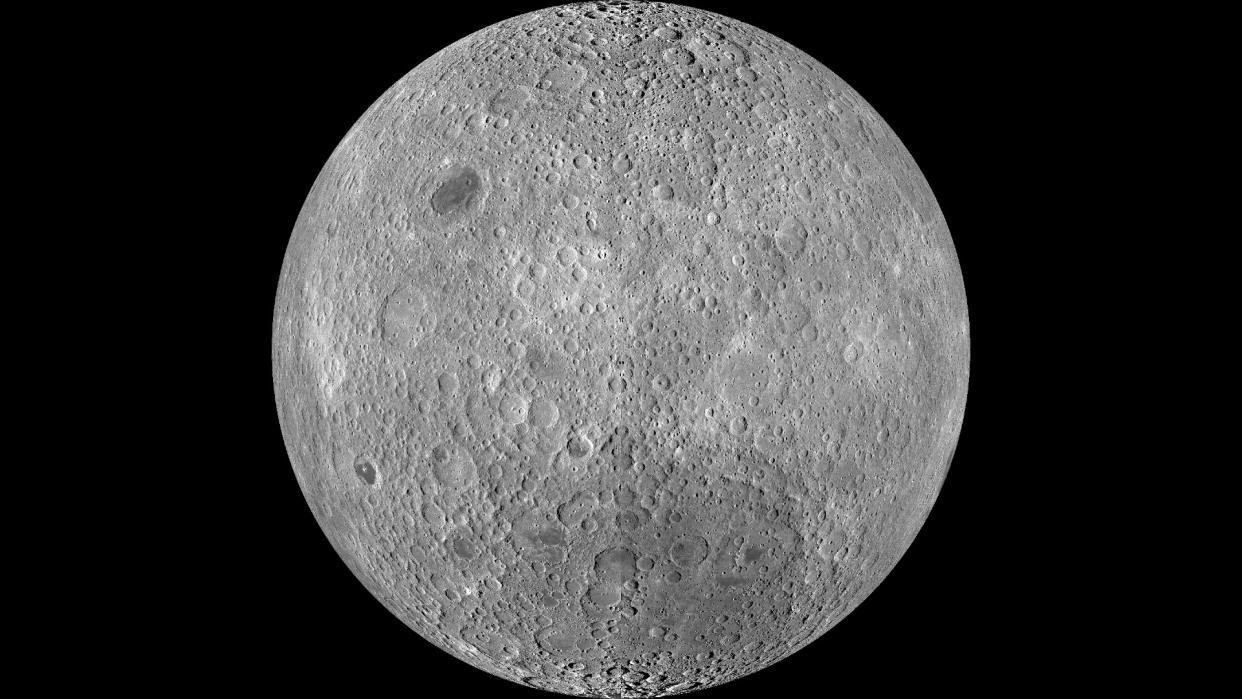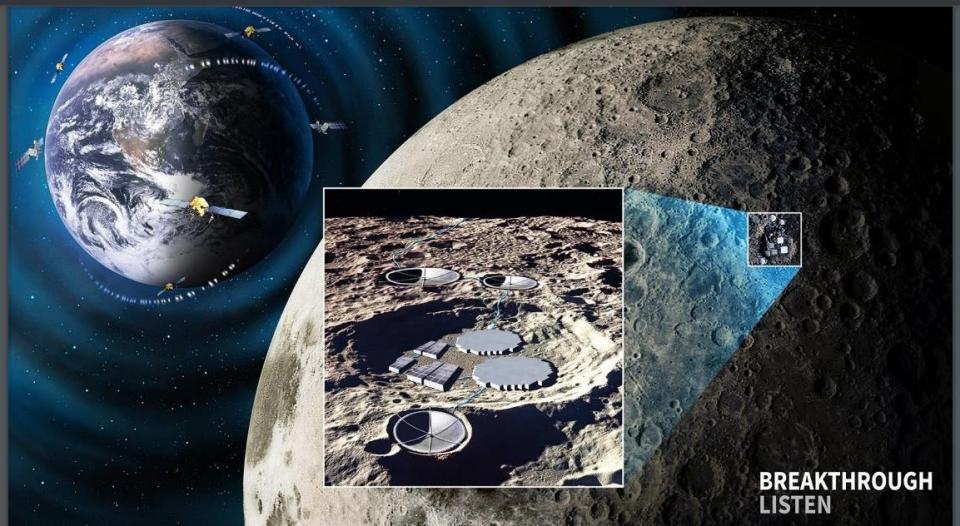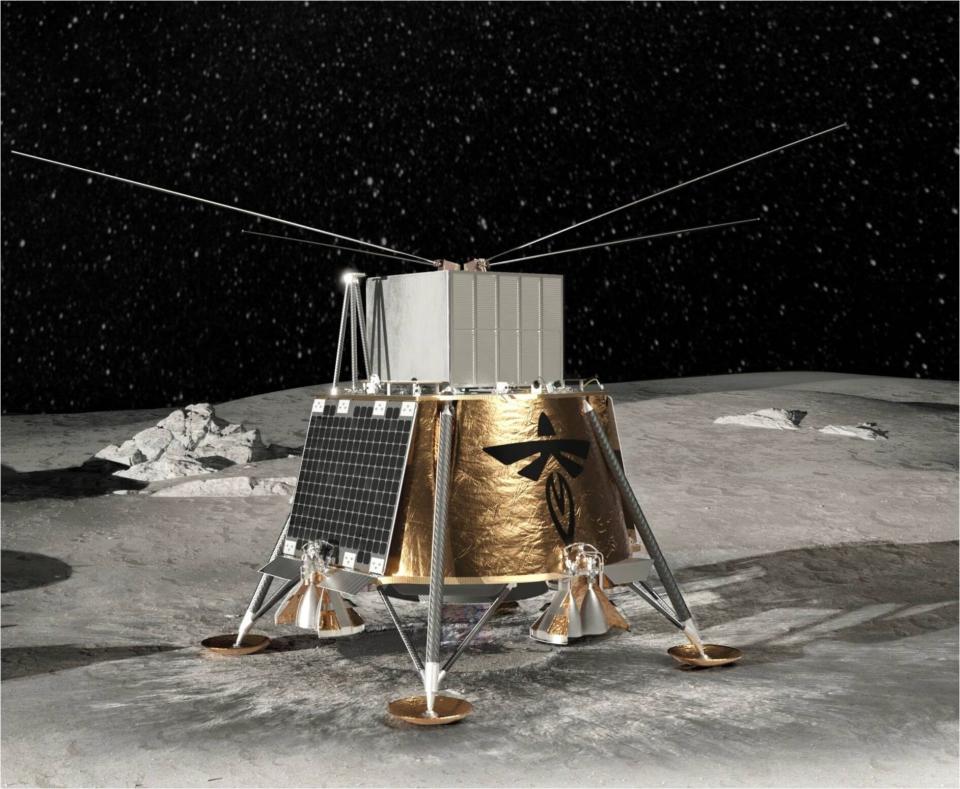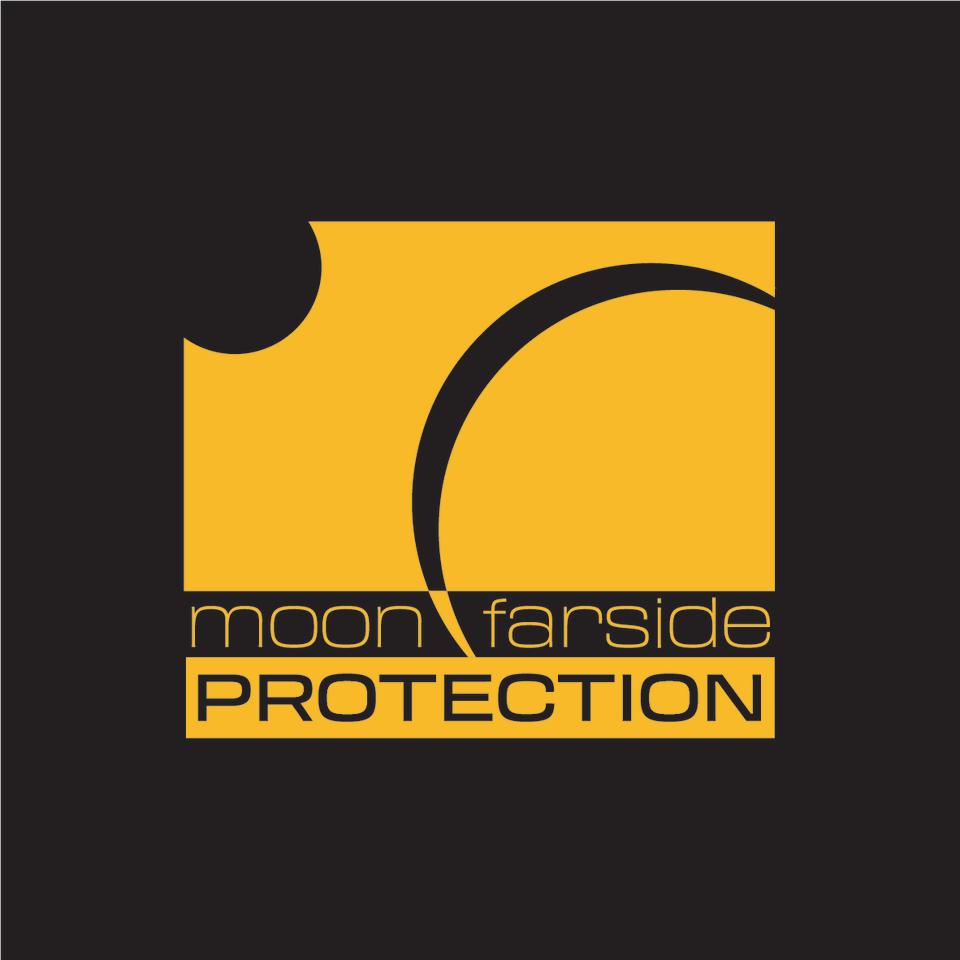Astronomers call for radio silence on the far side of the moon

- Oops!Something went wrong.Please try again later.
There's a growing and passionate call for preserving radio silence on the far side of the moon.
A first-of-its-kind international symposium is being held this week, turning up the volume to mull over the prospect of protecting real estate on the moon's far side exclusively for dedicated scientific purposes. Despite the moon being surrounding by a vacuum, there's an air of urgency to the meeting.
Held under the auspices of the International Academy of Astronautics (IAA), the first IAA Moon Farside Protection Symposium is taking place March 21-22 in Turin, Italy. The goal of the gathering is to set off a wake-up call that engages the global scientific, political, and industrial community to be aware of a growing list of concerns.
Related: The moon could be perfect for cutting-edge telescopes — but not if we don't protect it
Electromagnetic pollution
Earth's neighboring celestial body has the unique property of naturally shielding radio waves generated by chatter on Earth and around it. What some meeting organizer's see is need for a radio silence zone, dubbing it a shielded zone on the moon.
That idea has been championed by Claudio Maccone of the Istituto Nazionale di Astrofisica (National Institute for Astrophysics). In December 2021, the IAA established a new permanent committee devoted to the moon far side protection, chaired by Maccone as IAA technical director.
Maccone and colleagues contend that the moon's far side is a region of paramount scientific interest as it provides an environment free from the electromagnetic pollution typical on Earth.
Maccone points to the quickening pace of lunar missions by multiple nations that may well irreversibly compromise the current condition of the moon's radio quietness.
Some of the branches of science that would greatly benefit from operating on the farside, Maccone explains, are cosmology, astrobiology, planetary defense, as well as the search for other intelligent life that might populate the heavens.

Lunar deliverables
Science on the moon is already taking shape, says Jack Burns, professor emeritus in the department of astrophysical and planetary sciences at the University of Colorado, Boulder.
"Radio astronomy from the moon has begun," Burns says.
NASA's first radio telescope, ROLSES, was recently delivered to the lunar south pole by the Intuitive Machines Odysseus lander, Burns points out. ROLSES stands for Radio wave Observation at the Lunar Surface of the photo-Electron Sheath. He is a co-investigator on the ROLSES instrument now on the moon.
Furthermore, additional radio telescopes are scheduled to land on two other NASA Commercial Lunar Payload Services landers in 2026: ROLSES-2 to the nearside and the Lunar Surface Electromagnetics Experiment — Night (LuSEE-Night) to the far side. Burns is a LuSEE-Night co-investigator.

Years of anticipation
"After many years of anticipation, we are actively doing radio science from the moon. Thus, we also need to actively work to protect, in particular, the far side of the moon from radio frequency interference from lunar orbiting satellites and infrastructure on the lunar surface," Burns tells Space.com.
This week's moon far side protection workshop involves thought leaders in science, engineering, space policy, and space law, says Burns, to develop modern approaches to shielding the far side of the moon from anthropogenic radio emission.
"We need to preserve the far side for exciting science that includes measuring magnetic fields associated with potentially habitable exoplanets and uncovering the mysteries of the unexplored Dark Ages of the early universe — using low radio frequency observations." Burns says.
Top-tier tasks
There are a number of themes running through this week's symposium.
In defining how several science branches benefit by a radio silence zone, the IAA's Maccone flags top-tier exploration tasks:
Cosmology: To detect the extremely feeble radiation of the hydrogen line at 1,420 Megahertz and downshifted to much lower frequencies. The radio silence of the lunar far side would ensure a major leap forward in research.
Astrobiology: To study pre-biological interstellar molecules by searching for weak spectral lines utilizing advanced radio telescopes in combination with the radio silence of the moon's far side.
Planetary defense: From the far side, radar and optical telescopes can be used for accurate measurements of near-Earth objects to augment the lead time of their detection and provide warning of a possible space rock pummeling our planet.
SETI and technosignatures: To search, with very low noise, for "signatures" of alien civilizations that would reach us extremely faint due to the vast distances between stars in the Milky Way, if not from other galaxies.

Shielded zone
Recent lunar missions and, even more so, newer programs will bring more and more artificial systems around and on the lunar surface, occupying space and emitting radio waves at various frequencies, Maccone explains.
There are already international regulations and resolutions aimed at protecting any shielded zone on the moon — SZM in lunar lingo — such as International Telecommunication Union (ITU) radio regulations.
"However, it is of paramount importance to take a further step, both to extend the protected frequencies to encompass all other scientifically relevant ones — in addition to those already included — and to preserve a portion of the far side exclusively for scientific installations," Maccone suggests.
Diplomatic efforts
There is a pressing need, says Maccone, to elevate regulations into enforceable and binding treaties for every space agency and private company.
Maccone adds that all objectives can only be pursued and achieved through diplomatic efforts involving spacefaring nations, current and future, from around the world.
The newly formed IAA committee and the symposium's ultimate goal is to help form an international agreement, ideally under relevant specialized organizations, such as the ITU and the United Nations Committee on the Peaceful Uses of Outer Space, for example.
Unified articulation
Richard Green is chair of the International Astronomical Union group delving into the issues of staging astronomy from the moon. He is also an assistant director for government relations at Steward Observatory, run by the University of Arizona in Tucson.
"I think this meeting is important because we can make some progress on a unified articulation of astronomy needs and suggested policy approach for the moon," Green says.
Additionally, there is an immediate opportunity to do so, Green explains, through a proposed United Nations space scientific and technical subcommittee action team.
That UN action team would explore communication and collaboration for lunar activities and may well be approved at the full UN Committee on the Peaceful Uses of Outer Space gathering this June, Green observes.
Wild West scenario
RELATED STORIES:
— Moon group pushes for protection of ultraquiet lunar far side
— Radio telescope will launch to moon's far side in 2025 to hunt for the cosmic Dark Ages
— China to launch 1st-ever sample return mission to moon's far side in 2024
"My concern is that lunar projects are rapidly developing and are not coordinated," says Joseph Silk, an astrophysicist at Johns Hopkins University in Baltimore, Maryland and professor of physics at the Institut d'Astrophysique de Paris.
Science projects are in the forefront, Silk says, such as unique radio telescopes that can peer back in time to the dark ages of the universe. The far side offers a unique environment, he adds, and optical telescopes in permanently shadowed polar craters will eventually image the nearest exoplanets.
"Yet we are at risk of a Wild West scenario due to the rivalries between competing space agencies and commercial interests," Silk tells Space.com. "The number of desirable lunar sites is limited. The last major outer space treaty dates to 1967, and has no means of enforcement. A new International space treaty is urgently needed," he concludes.
Editor's note: This story was update at 11:20 p.m. ET on March 21 to fix a typo: The hydrogen line is at 1,420 MHz, not 142 MHz.

